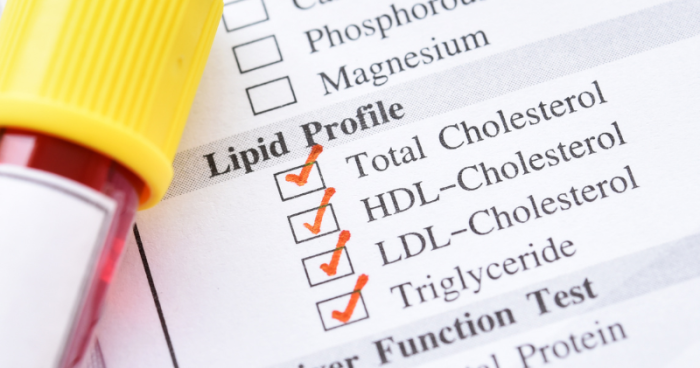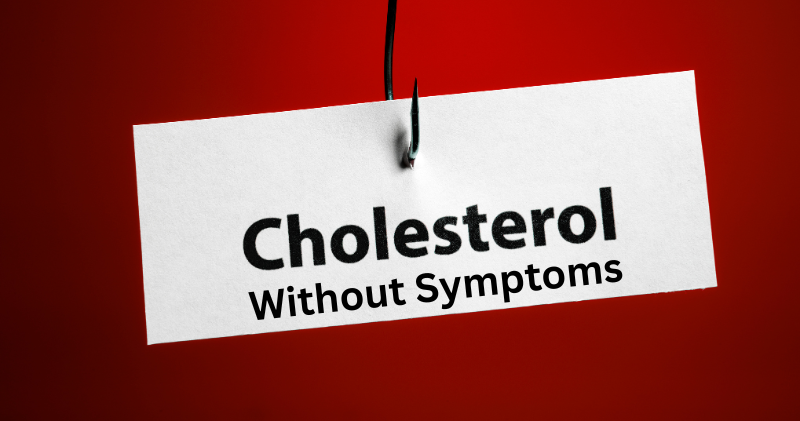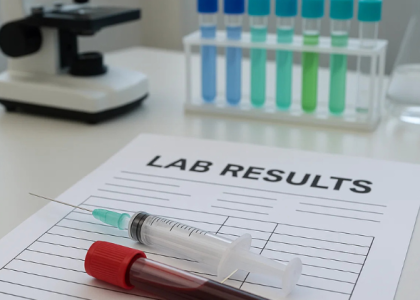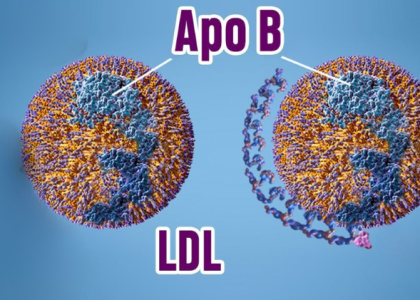Raj was 32 and felt great. He played cricket every weekend. He ate his mother’s home-cooked meals. He had no chest pain, no breathing problems, nothing wrong at all.
Then his company offered free health screenings. Raj almost skipped it. “Why do I need tests when I feel perfectly fine?” he thought.
Good thing he didn’t skip it. His cholesterol was dangerously high. The doctor said his arteries were already getting blocked. Raj was shocked. How could this happen with no warning signs?
The truth is, high cholesterol is a silent problem. By the time you feel symptoms, serious damage may already be done.
What Is Cholesterol?
Cholesterol is a waxy substance in your blood. Your body makes some cholesterol naturally. You also get it from food, especially animal products like meat, eggs, and dairy.
Think of cholesterol like oil in water. It doesn’t mix well with blood. So your body wraps cholesterol in special packages called lipoproteins. These packages carry cholesterol through your bloodstream.
You need some cholesterol to stay healthy. It helps make hormones and cell walls. But too much cholesterol causes problems.
When you have too much cholesterol, it sticks to your artery walls. Over time, this builds up like rust in old pipes. Your arteries get narrow and stiff. Blood flow slows down.
This process has no symptoms. You can’t feel cholesterol building up in your arteries. That’s what makes it so dangerous.
LDL vs HDL: The "Bad" and the "Good"
There are two main types of cholesterol packages:
LDL (Low-Density Lipoprotein) – “Bad” Cholesterol: LDL carries cholesterol from your liver to your arteries. Think of LDL like a delivery truck dropping off packages. When you have too much LDL, it dumps cholesterol in your arteries. This creates blockages.
HDL (High-Density Lipoprotein) – “Good” Cholesterol: HDL works like a garbage truck. It picks up extra cholesterol from your arteries and takes it back to your liver. Your liver then gets rid of it. Higher HDL levels protect your heart.
What numbers should you aim for?
- Total cholesterol: Less than 200
- LDL (“bad”): Less than 100 (or less than 70 if you have heart disease risk)
- HDL (“good”): More than 40 for men, more than 50 for women
- Triglycerides: Less than 150
South Asians often have a tricky cholesterol pattern. We may have normal total cholesterol but low “good” HDL and high triglycerides. This combination still increases heart risk.
Why You Can't Rely on How You Feel
High cholesterol causes no symptoms for years or even decades. This makes it different from other health problems.
When you have a broken bone, it hurts. When you have an infection, you get fever. But cholesterol buildup is completely silent.
Here’s what happens inside your body:
Years 1-10: Cholesterol starts sticking to artery walls. You feel nothing. Your energy is normal. You can exercise without problems.
Years 10-20: Plaque (cholesterol buildup) gets thicker. Arteries start getting narrow. Still no symptoms. You might pass stress tests at the doctor.
Years 20-30: Arteries are significantly blocked. You might feel tired faster during exercise. But many people still feel “fine.”
Suddenly: A piece of plaque breaks off. It blocks an artery completely. This causes a heart attack or stroke. Often, this is the first “symptom” people notice.
The scary truth? Most people having their first heart attack had no warning signs. They felt completely healthy the day before.
Silent Buildup = Sudden Heart Risk
Think of cholesterol buildup like termites in your house. Termites eat wood silently for years. You don’t see any damage. Then one day, your floor collapses. The damage was happening all along, but you couldn’t see it.
Cholesterol works the same way in your arteries.
South Asians face extra risks:
- We develop heart disease 10 years earlier than other groups
- Genetic factors make us more likely to have cholesterol problems
- We store fat differently, especially around the belly, even if we’re thin
- Traditional foods can be high in saturated fats (ghee, fried foods, sweets)
- We’re more likely to have diabetes, which makes cholesterol problems worse
Studies show that South Asians can have heart attacks even with “normal” cholesterol levels by Western standards. Our “normal” might need to be lower.
Did You Know? Most heart attacks happen in people who never had symptoms before. About 50% of men and 64% of women who die from heart disease have no previous symptoms. This is why cholesterol screening is so important, especially for South Asians who develop heart problems at younger ages.
How Often Should You Check?

Regular cholesterol testing can save your life. It’s the only way to catch problems before they cause damage.
When to start: Get your first cholesterol test by age 30. If you have family history of heart disease, start at age 25 or even earlier.
How often to check:
- Normal levels: Every 5 years
- Borderline levels: Every 2-3 years
- High levels: Every year, or more often if starting treatment
- Family history of early heart disease: Every 2 years
The test is simple: It’s called a lipid panel or lipid profile. You might need to fast (no food) for 9-12 hours before the test. Some newer tests don’t require fasting.
What the test shows:
- Total cholesterol
- LDL (“bad” cholesterol)
- HDL (“good” cholesterol)
- Triglycerides (another type of fat in blood)
Don’t wait for symptoms. By the time cholesterol causes symptoms, serious damage has already happened.
Action Steps
Take control of your heart health starting today:
Ask for a cholesterol test by age 30: Call your doctor and schedule a lipid panel. If you’re over 30 and haven’t been tested recently, make an appointment this week. The test is quick and can save your life.
Check family history: Ask your parents, grandparents, and siblings about heart problems. Did anyone have heart attacks, strokes, or high cholesterol before age 60? Share this information with your doctor.
Start a heart-healthy diet early: Focus on vegetables, fruits, whole grains, and lean proteins. Limit fried foods, sweets, and processed meats. Use olive oil instead of ghee when possible. Small changes add up over time.
Recheck yearly if levels are borderline: If your numbers are close to the danger zone, don’t wait 5 years for the next test. Annual testing helps catch problems early when they’re easier to fix.
Frequently Asked Questions
Q: I’m young and thin. Do I still need cholesterol testing? A: Yes. South Asians can have cholesterol problems even when young and thin. Our genetics make us higher risk. Age and weight alone don’t predict cholesterol levels.
Q: Can I lower cholesterol without medication? A: Sometimes yes, through diet and exercise. But some people need medication due to genetics. Your doctor can help decide what’s best for you. Don’t stop prescribed medication without talking to your doctor first.
Q: How long does it take to see changes in cholesterol levels? A: With diet changes, you might see improvements in 6-12 weeks. With medication, levels often improve within 4-6 weeks. Regular testing helps track your progress.
References
- Stone, N.J., et al. (2014). 2013 ACC/AHA guideline on the treatment of blood cholesterol to reduce atherosclerotic cardiovascular risk in adults. Circulation, 129(25), S1-S45.
- Yusuf, S., et al. (2004). Effect of potentially modifiable risk factors associated with myocardial infarction in 52 countries (the INTERHEART study). The Lancet, 364(9438), 937-952.
- Joshi, P., et al. (2007). The prevalence and correlates of coronary artery disease in South Asians. JACC: Cardiovascular Imaging, 2(2), 76-85.
- National Heart, Lung, and Blood Institute. (2021). High Blood Cholesterol. Retrieved from https://www.nhlbi.nih.gov/health-topics/high-blood-cholesterol
- American Heart Association. (2020). Cholesterol Management Guidelines. Circulation, 141(9), e139-e596.
If this helped you, please share it with someone you love.




